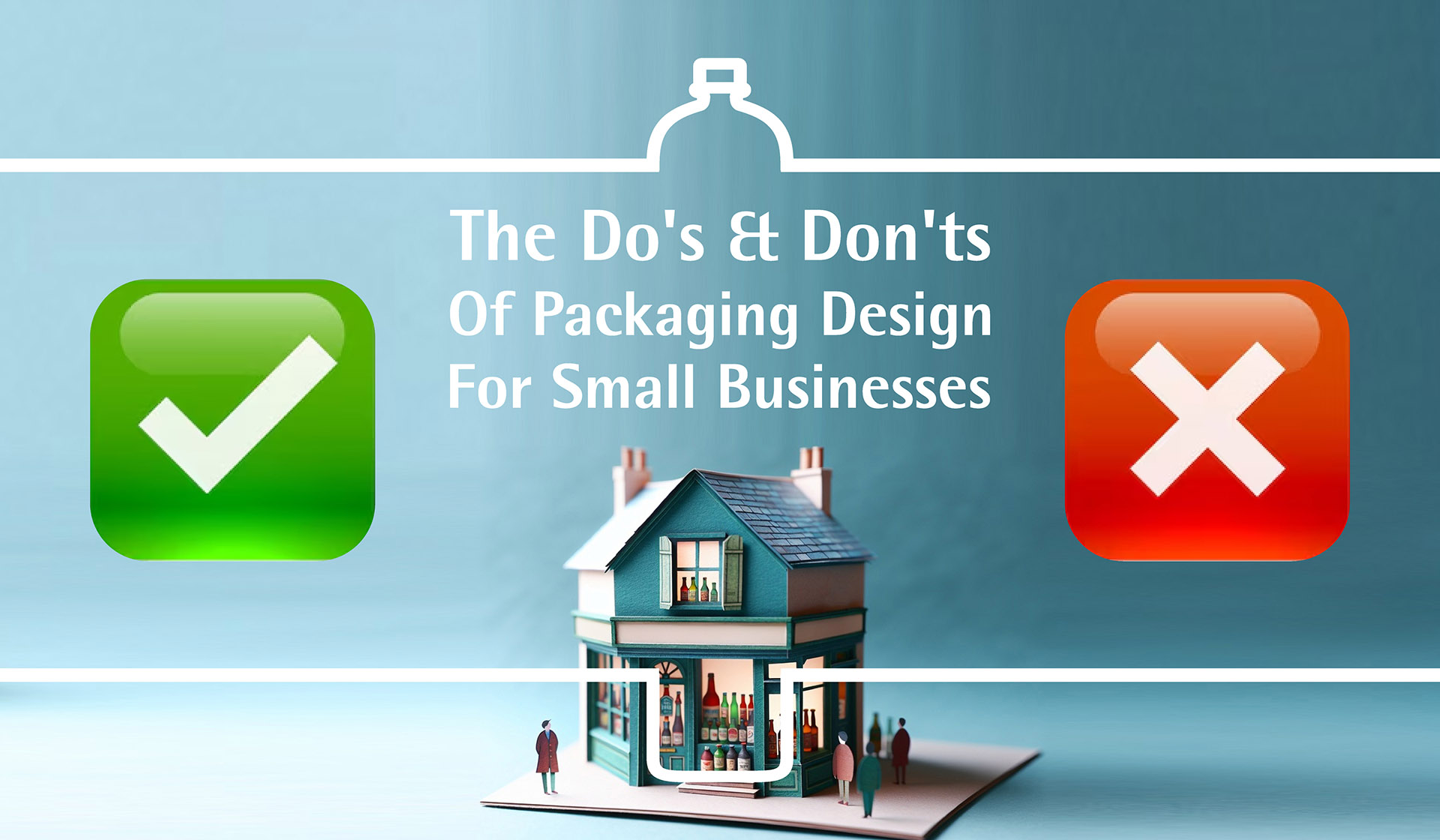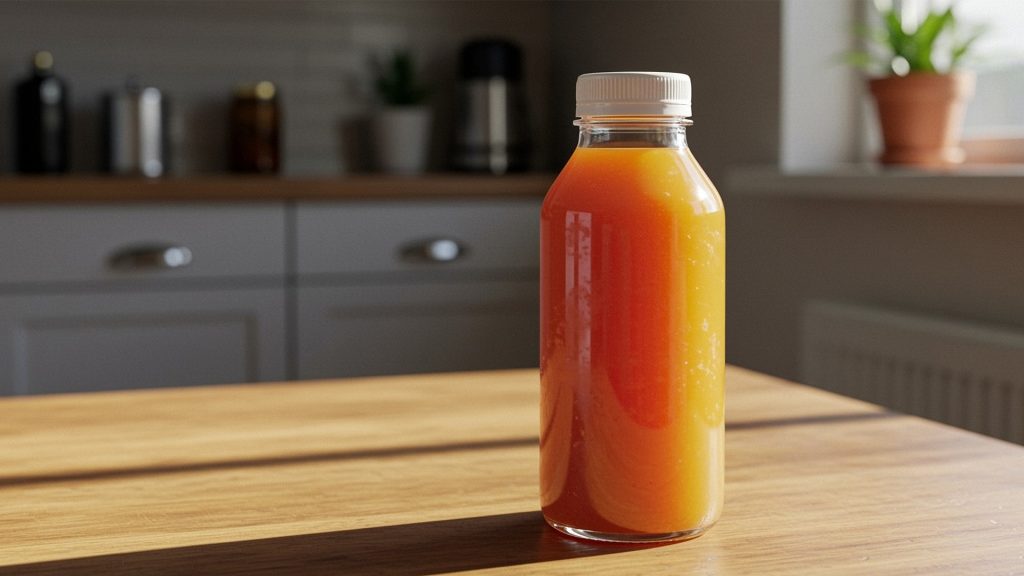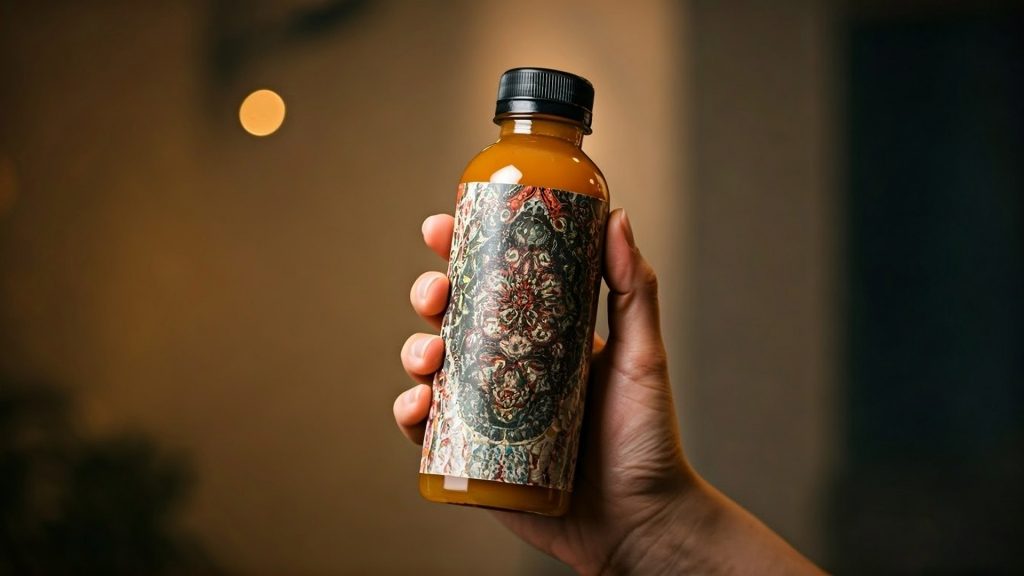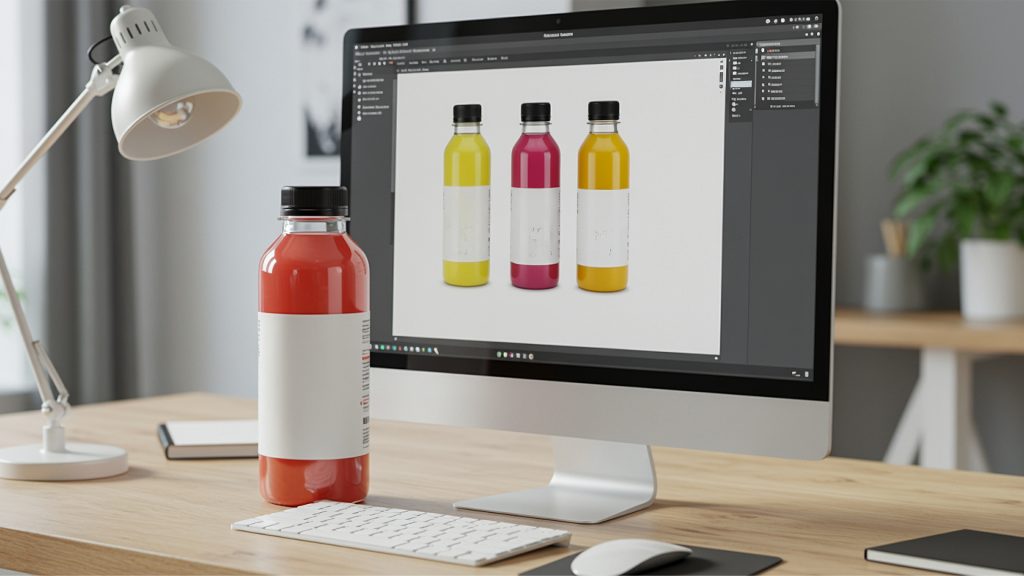The Do’s and Don’ts of Packaging Design for Small Businesses

Packaging design plays a significant role in the success of any small business. It is an essential tool for marketers to create a strong brand identity and stand out from the competition. In this article, we will discuss the do’s and don’ts of packaging design for small businesses, including examples of effective and ineffective packaging design.

The Do’s of Packaging Design
- Understand Your Target Audience
The first and foremost thing that marketers should do when designing product packaging is to understand their target audience. It is crucial to know their preferences, needs, and behavior to create packaging that resonates with them. It is the key to creating packaging that catches their eye, encourages them to make a purchase, and builds brand loyalty.
- Create a Strong Brand Identity
Packaging design is an excellent way to create a strong brand identity. It helps small businesses stand out from the competition and create a visual representation of their brand. To create an effective brand identity, businesses should consider using consistent colors, fonts, and logos on their packaging.
- Use Eye-Catching Design Elements
Effective packaging design is visually appealing and eye-catching. Using bold colors, striking graphics, and unique shapes can help capture the attention of potential customers. It is crucial to ensure that the packaging design is not only visually appealing but also communicates the product’s benefits and features.
- Ensure Product Protection
Packaging design should also prioritize product protection during transport, storage, and handling. The packaging should be sturdy enough to protect the product from damage and should comply with federal and state government regulations. For example, packaging for hazardous products, such as pharmaceutical drugs, should incorporate tamper-evident closures.
- Emphasize Product Labeling
Effective packaging should have clear and concise labeling that complies with product labeling requirements. Product labeling should include the product name, ingredients, expiration date, nutritional information, and any other relevant information. Additionally, businesses can use labeling to create a unique selling proposition for their products.

Examples of Effective Packaging Design
- Burt’s Bees
Burt’s Bees is a popular skincare brand that has designed packaging that reflects its brand values. Its packaging is made from eco-friendly materials and is recyclable, aligning with the brand’s focus on sustainability. The packaging features natural colors and images that emphasize the natural ingredients used in the products.
- KIND Snacks
KIND Snacks has created packaging that communicates the healthy ingredients used in their products. The packaging features clear, concise labeling that emphasizes the nutritional benefits of the products. The brand has also incorporated transparent windows in their packaging to showcase the product itself, creating a visual representation of the healthy and wholesome ingredients used.
- Fiji Water
Fiji Water has designed packaging that emphasizes the premium quality of its products. The packaging features a sleek and modern design with clean lines and a minimalist approach. The brand has also incorporated images of the natural springs where the water is sourced, highlighting the purity and naturalness of the product.

The Don’ts of Packaging Design
- Overcomplicate the Design
One of the most common mistakes that marketers make when designing product packaging is overcomplicating the design. Overcomplicated designs can be confusing, overwhelming, and unappealing to potential customers. It is essential to keep the design simple, straightforward, and easy to understand.
- Ignore Product Safety
Product safety should be a top priority when designing packaging. It is crucial to ensure that the packaging design does not pose any risk to the consumer. Packaging that is difficult to open, creates a choking hazard for babies and infants, or fails to protect perishable contents during shipping can lead to negative customer experiences and damage to the brand reputation.
- Neglect Product Labeling
Neglecting product labeling is another common mistake made in packaging design. Failing to include important product information such as ingredients, nutritional value, and allergen warnings can lead to regulatory issues and consumer complaints. It is essential to ensure that product labeling is clear, concise, and complies with government regulations.
- Copy Competitors
While it is important to understand the competition, copying their packaging design is not a winning strategy. It can be tempting to follow the crowd and create packaging that looks like other successful brands, but this can lead to confusion and a lack of brand identity. Instead, small businesses should focus on creating unique and memorable packaging that stands out from the competition.
- Sacrifice Functionality for Aesthetics
While aesthetics are essential in packaging design, functionality should not be sacrificed. The packaging design should be easy to use, store, and transport. Businesses should consider the materials used in the packaging and ensure that they are suitable for the product and its intended use.

Examples of Ineffective Packaging Design
- Tide Pods
Tide Pods, a popular laundry detergent product, faced criticism for its packaging design when it was first introduced. The pods were packaged in a container that looked like a candy jar, leading to accidental ingestion by children. The packaging design failed to prioritize product safety and led to regulatory issues and negative press for the brand.
- Frito-Lay SunChips
Frito-Lay introduced a new eco-friendly packaging design for its SunChips product that was made from plant-based materials. While the packaging was designed to be environmentally friendly, it was also loud and crinkly, leading to complaints from customers about the noise. The packaging design failed to consider the customer experience and led to a decline in sales.
- Coors Light
Coors Light faced criticism for its “Super Cold” packaging design, which featured a blue-tinted can that was marketed as being extra cold. While the packaging design was eye-catching, it failed to communicate any unique product benefits or differentiate the product from the competition. The packaging design was considered a failure and led to negative press for the brand.

Closing Thoughts
Packaging design is an essential tool for small businesses to create a strong brand identity and stand out from the competition. The do’s of packaging design include understanding the target audience, creating a strong brand identity, using eye-catching design elements, ensuring product protection, and emphasizing product labeling. On the other hand, the don’ts of packaging design include overcomplicating the design, ignoring product safety, neglecting product labeling, copying competitors, and sacrificing functionality for aesthetics.
Effective packaging design can lead to increased sales, brand loyalty, and a positive customer experience. Ineffective packaging design can lead to negative customer experiences, regulatory issues, and damage to the brand reputation. By following the do’s and avoiding the don’ts, small businesses can create packaging that is effective, visually appealing, and functional, leading to a strong brand identity and increased success.
When designing product packaging, small businesses should consider the target audience, the brand identity, product protection, and labeling, and avoid overcomplicating the design, neglecting safety and labeling, copying competitors, and sacrificing functionality for aesthetics. By taking these factors into consideration, small businesses can create packaging that stands out, builds brand loyalty, and leads to increased sales and success. Effective packaging design is a crucial aspect of any small business marketing strategy and should not be overlooked.
